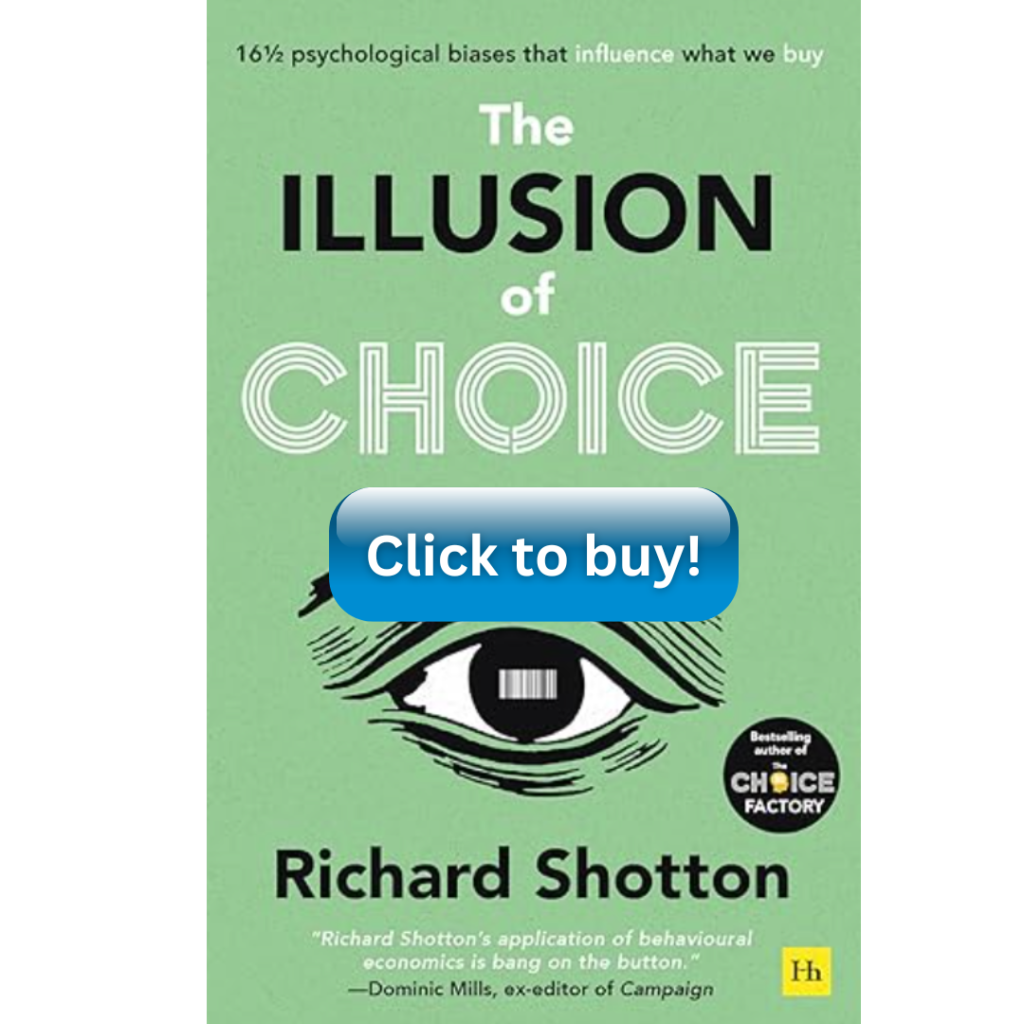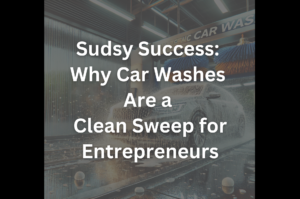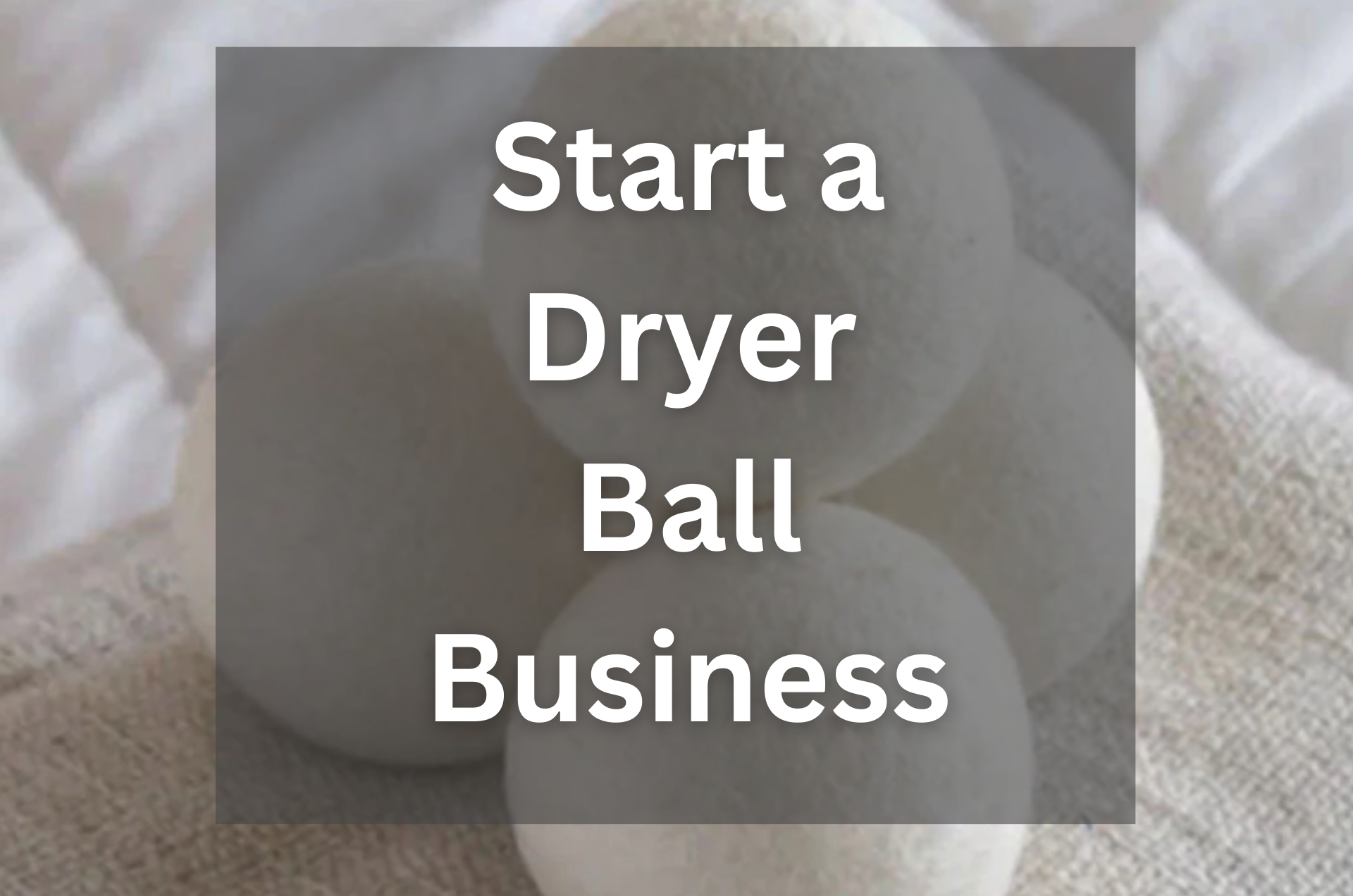**Disclosure:** We believe in honesty and transparency to the fullest extent. Some of the links on this blog are affiliate links, meaning, at no additional cost to you, we will earn a commission if you click through and make a purchase. This is one of the simplest ways you can support us.
Dryer balls have surged in popularity over recent years as consumers have sought eco-friendly and efficient alternatives to traditional dryer sheets. Not only do these nifty little balls reduce drying time and save on energy, but they also eliminate the need for chemical-laden products, making them a favorite for environmentally-conscious households. If you’re considering delving into the business of making and selling dryer balls, you’re in luck! Here’s everything you need to know to get started and make your product truly stand out.
The Basics: Materials and Manufacturing
Dryer balls are typically made from wool or rubber. Woolen balls are natural, biodegradable, and can be scented or left unscented. Rubber balls, on the other hand, are durable and can feature nubs to better fluff clothing.
Materials:
1. Wool Dryer Balls: Ensure you source high-quality, organic wool. This ensures a premium product and appeals to eco-conscious consumers.
2. Rubber Dryer Balls: Opt for high-grade rubber. Consider sourcing from manufacturers with environmentally-friendly practices.
Manufacturing:
For woolen balls, the process involves winding wool into a tight round ball, then felting them (usually by washing and drying repeatedly) until they’re solid and won’t unravel. Rubber balls can be manufactured using molds.
Making Your Dryer Balls Unique
1. Eco-friendly Packaging: Set yourself apart by using sustainable packaging. Consider materials like recycled cardboard or cloth pouches. Including a small informational leaflet about the benefits of dryer balls can also be a good touch.
2. Custom Scents: Offer wool balls infused with essential oils. Popular scents include lavender, eucalyptus, and lemon. Ensure you use natural, high-quality oils.
3. Design Variations: Introduce balls with different designs or patterns. Consider stripes, dots, or even seasonal themes.
4. Size Varieties: Some consumers prefer larger balls for bigger laundry loads, while others might want smaller ones. Offering a range can cater to various needs.
5. Personalization: Allow customers to request custom colors or scents, or even embroider initials onto the wool balls.
6. Educational Inserts: Add value by including a small guide on maximizing the benefits of dryer balls or general eco-friendly laundry tips.
7. Bundled Deals: Offer packs that come with multiple balls, possibly in different sizes or scents, at a discounted rate.
The Power of Choice: Balancing Variety and Simplicity
When deciding on the number of SKUs to offer, consider the balance between providing variety and avoiding overwhelming your customers with too many choices. “The Power of Choice” by Richard Shotton suggests that the ideal range of options should be broad enough to cater to different needs but limited enough to prevent choice overload. For the dryer ball business, this might mean offering a small, medium, and large option—each size targeting a specific laundry load range. Grab a copy by clicking the image below.

Marketing Your Product
1. Eco-friendly Focus: Highlight the environmental benefits in your marketing campaigns.
2. Demonstration Videos: Show potential customers how the balls work, their benefits, and why they’re superior to traditional methods.
3. Engage on Social Media: Use platforms like Instagram and Pinterest to showcase your products, share behind-the-scenes looks at your process, and engage with eco-conscious communities.
4. Attend Local Markets: Showcase your products at local craft fairs or farmers’ markets. This allows direct interaction with customers and can provide valuable feedback.
The image below shows a couple of Amazon resellers and at the time of this posting they were at 30,000 and 10,000 sales respectively; just in the last 30 days. Click the image to see the other dominant players or do more competitive research.

Conclusion
Starting a dryer ball business is not just about selling a product; it’s about promoting an eco-friendly lifestyle. By ensuring quality, adding your unique touch, and effectively marketing, you’re bound to make a splash in this green industry. As consumers become more conscious of their choices, businesses like these will only continue to grow in popularity. So, roll up those sleeves and start crafting your success, one ball at a time!










